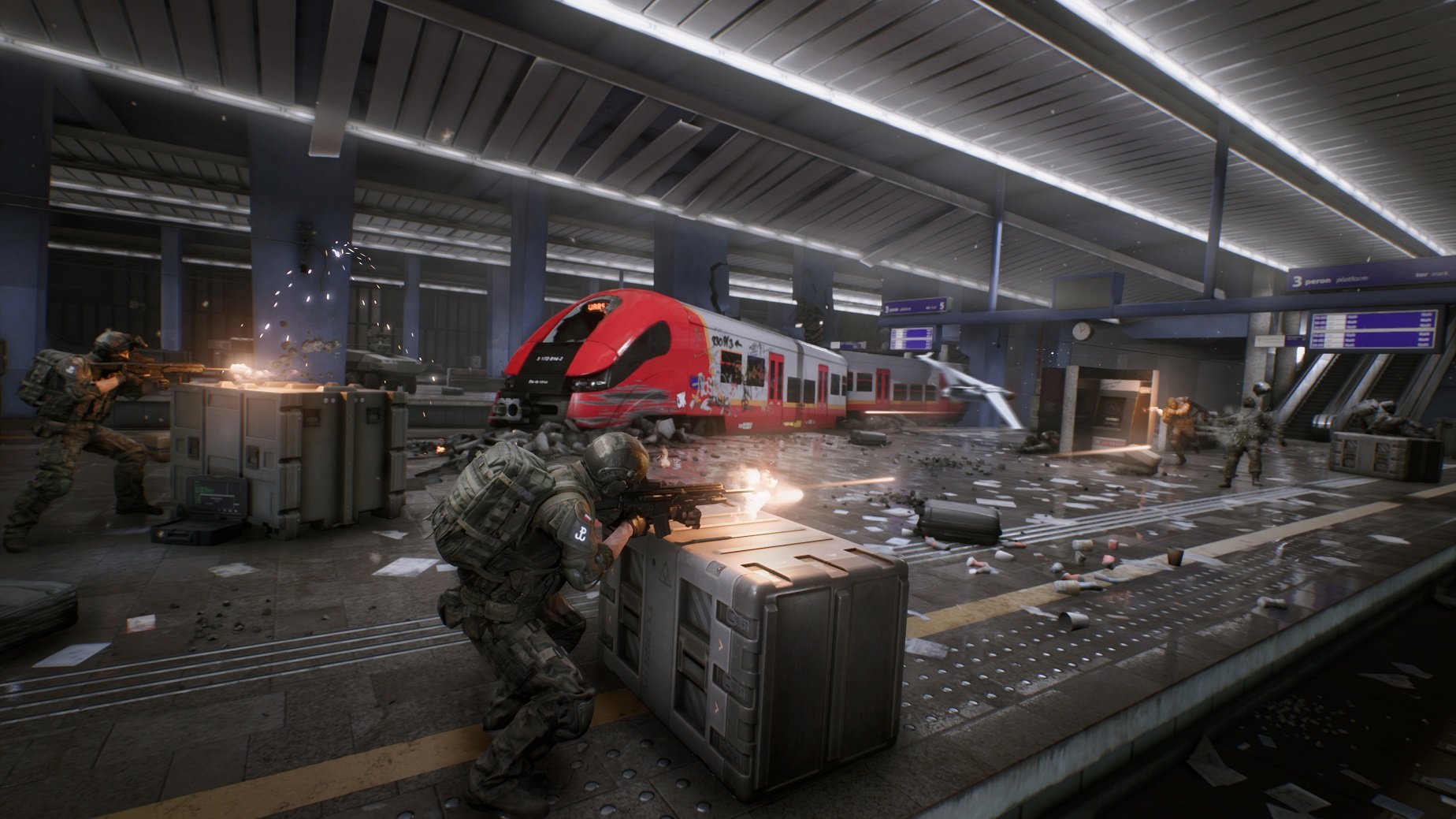
Matt Strohmeyer, an action officer with the Commander’s Initiatives Group at NORTHCOM. “We just didn't have the tools available because we were essentially using tools from several decades ago, and using processes from several decades ago to get information from the edge,” said Lt. Right now, getting info from the places where soldiers, sailors, and airmen are operating up to the highest level of authority is a slow, indirect process.

But Hollywood depictions of big dashboards in the Pentagon where America’s top commanders micromanage military operations all over the world aren't based in reality. military is already pulling data from a variety of sources, pushing it up the chain of command, and then disseminating orders. You could be forgiven for assuming that the U.S. “JADC2 also helps us know where we should be looking for the next hotspots which is critical for the national approach to fighting COVID-19." “Our team has a better insight for predictive analysis as more of a comprehensive operating picture has been developed,” O’Shaughnessy told reporters on April 22. The Stamford success was the fruit of a sub-system developed by NORTHCOM and contractors Apple, Google, Palantir, and geospatial intelligence company ESRI, to help pandemic responders rapidly report information up the chain of command. It envisions a system for keeping commanders abreast of complex and dynamic battlefields that is central to Pentagon visions of future warfare. The episode was an early and critical test of the Joint All-Domain Command and Control, or JADC2 concept. O’Shaughnessy dispatched an additional 53 medical personnel north to Stamford - and just in time: Manhattanites fleeing to the Connecticut suburbs helped cause a spike in Stamford’s coronavirus cases: 412 new cases on April 19 2,109 on April 22. Terrance O’Shaughnessy and his commanders decided to trust it. Although the data collection and prediction process was unproven, Gen. It was a first-of-its-kind warning generated by an experimental data collection system tied into the Pentagon’s planned next-gen combat information effort. population had been tested, and well before tech companies began working through the complexities of launching contact-tracing apps. It was a remarkably specific heads-up, and it arrived when only about 1 percent of the U.S.


Northern Command: Stamford, Connecticut, about 56 miles northeast of New York City, was about to become a COVID-19 hotspot. The April 14 briefing contained a warning for the commander of U.S.


 0 kommentar(er)
0 kommentar(er)
